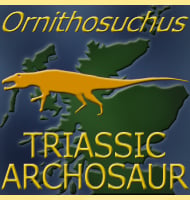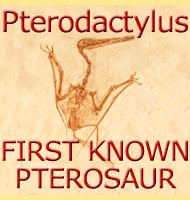In Depth
Eomysticetus is a genus of very primitive baleen whale that is known to have swum in waters off the South Eastern coast of the United States of America. Rather than conical teeth, Eomysticetus had baleen, keratin (the same biological material that your hair and nails are made from) formed like the bristles of a brush that could be used to strain sea water and trap small organisms such as shrimp out of the water. Despite possessing baleen, Eomysticetus was still a very primitive baleen (mysticetid) whale, with features that show that the genus was still quite close to archaeocetid whales such as Basilosaurus and Dorudon. One feature of note about Eomysticetus is that the nostrils are in front of the eyes, whereas in modern baleen whales the nostrils are always behind the eyes.
Further Reading
- Paleontology of the Late Oligocene Ashley and Chandler Bridge Formations of South Carolina, 3: Eomysticetidae, a new family of primitive mysticetes (Mammalia: Cetacea). - Smithsonian Contributions to Paleobiology 93:313-356. - A. E. Sanders & L. G. Barnes - 2002. - Dissertation research on archaic fossil baleen whales (Eomysticetidae) from the Oligocene of New Zealand. - Robert W. Boessenecker - 2014.










